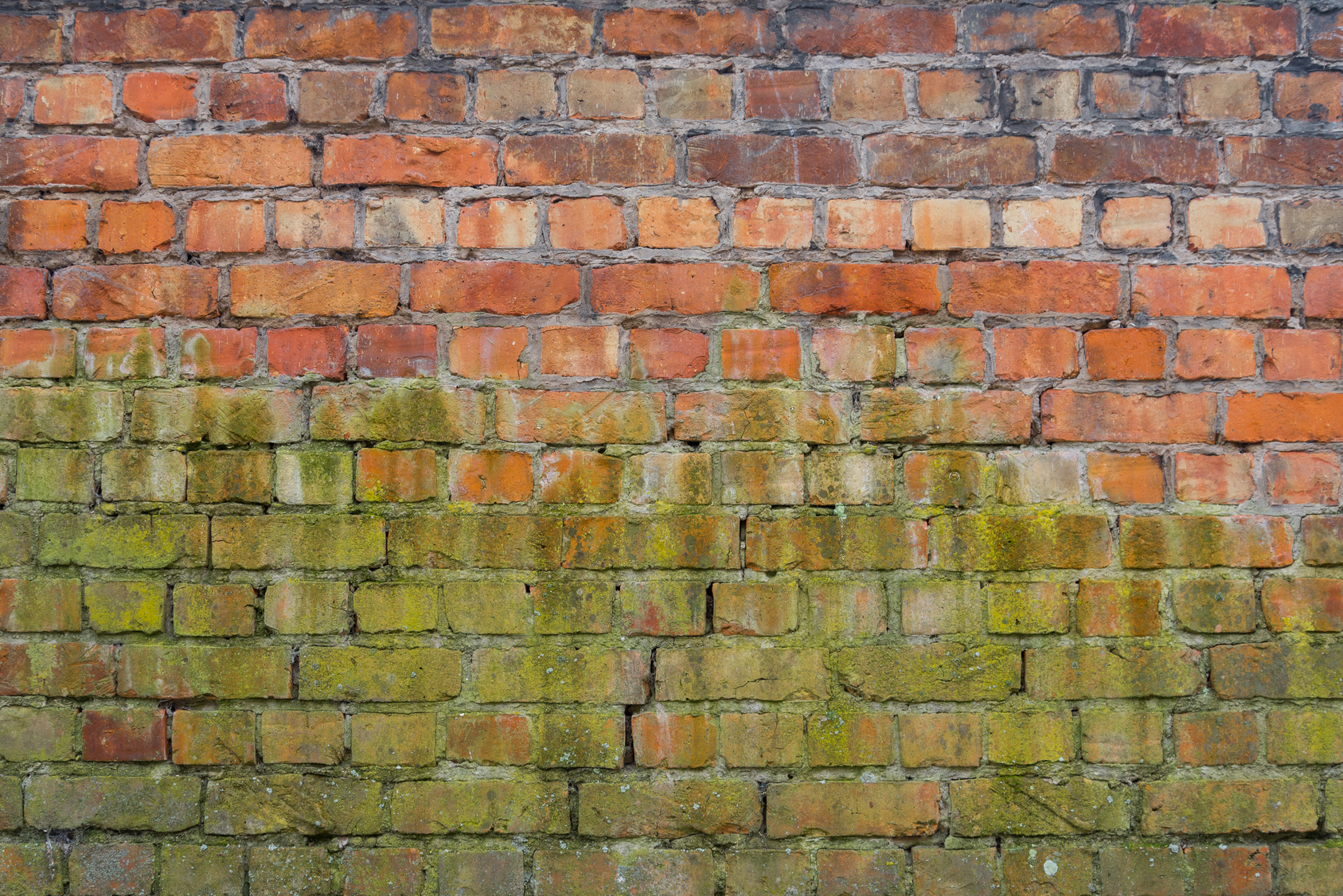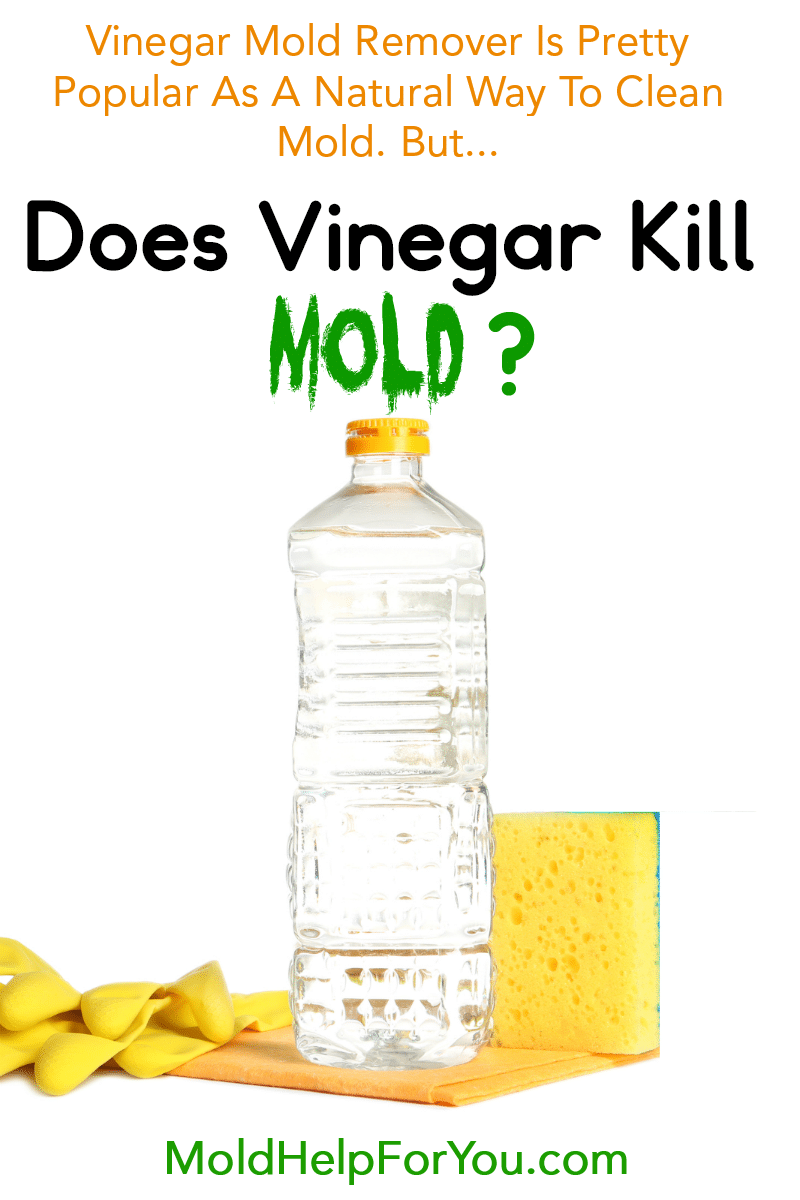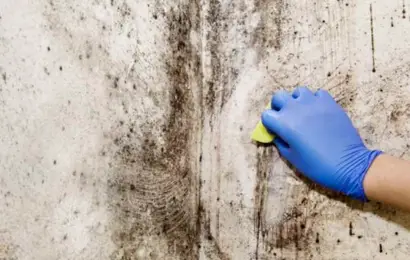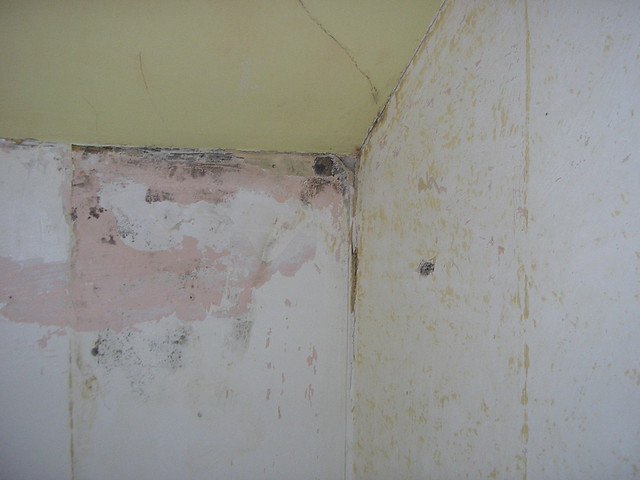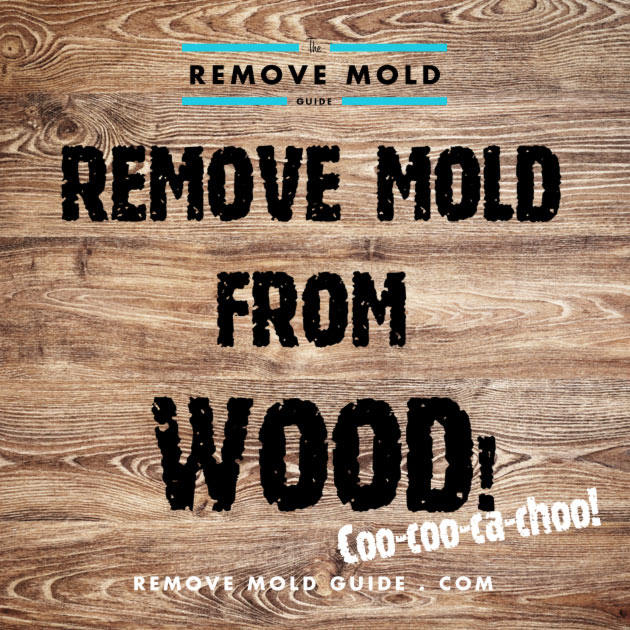The spores can damage wall boards discolor tiles destroy carpets and cause health symptoms that include respiratory and sinus infections.
Does vinegar stop mold growth in attic boards.
To prevent mold from growing in your attic do the following.
Vinegar for mold prevention 1.
Spray vinegar and leave it to help prevent future mold growth.
Wipe up puddles or spills immediately.
Look for the first signs of mold around ac vents in the ducts and in the drip pans.
Keep in mind that mold grows in a humid area.
Faulty roof insulation or construction can lead to leaks and a lack of proper ventilation can cause humidity to accumulate.
Mold and mildew can become costly and hazardous problems if left alone.
To stop mold at its source you will need to eliminate the substance that allows it to grow in the first place.
Once you ve removed all mold on the walls keep those surfaces looking good with a few preventative measures.
Mold growth in an attic comes as a consequence of excess moisture.
Don t wait until the mold appears.
Spray the area prone to mold growth with vinegar every few days.
To prevent future mold growth remove the source of moisture causing it.
Prevent future mold growth.
Condenser coils pull moisture out of the air and into drip pans and if these become clogged they create the perfect environment for mold to grow.
Bleach and vinegar can both kill mold but vinegar is much more effective for removing mold from porous materials.
Keep a spray bottle of vinegar in your shower and spray the surface every few days.
Once the surface is clean you can spray it with vinegar and leave the vinegar on the surface to keep the mold from returning.
Make sure you ventilate the bathroom after each shower to let the air.
Keep a spray bottle of vinegar in the bathroom.
Make sure the attic has adequate ventilation if it s not well ventilated you may be able to see frost and dampness inside the attic and ice dams on the eaves outside in winter.
Vinegar to prevent mold in the bathroom.
If you use bleach to remove mold growth there is a good chance that the.
This is because bleach only kills mold spores on the surface of affected materials.
Vinegar is a bold mold killer.
Vinegar will penetrate porous materials and kill the mold at the roots.
You do not have to wash the vinegar away.
